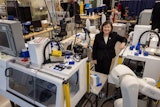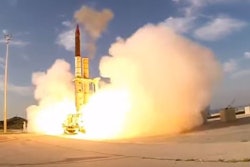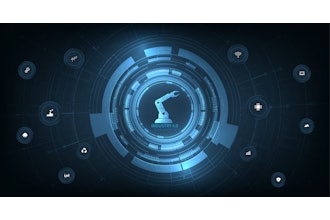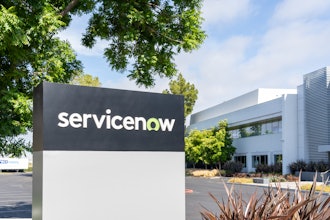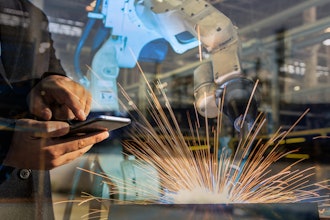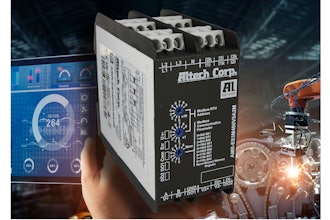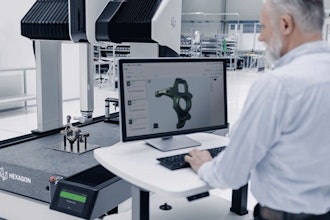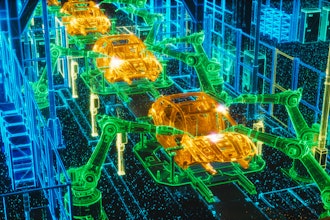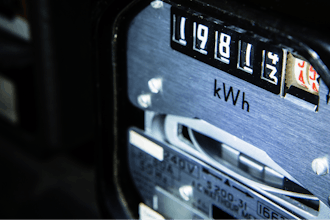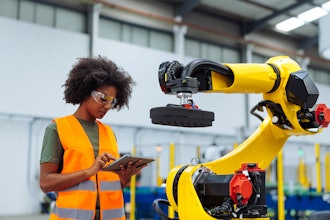Shop floors are often ground zero for skepticism regarding the Internet of Things (IoT). To the employees who work on the shop floor, IoT might seem like little more than the latest technology buzzword.
Yet, the network connectivity that’s at the heart of the IoT is already rippling through the manufacturing industry. Manufacturers are realizing significant productivity gains as a result of IoT-related improvements in sensing, analysis, prediction and control, and higher levels of automation.
How organizations obtain the all-important buy-in from shop floor stakeholders? They must pay careful attention to change management. Capitalizing on IoT opportunities is as much about reshaping an organization as it is about implementing innovative technologies.
The Importance of IoT
Seventy to 80 percent of manufacturing processes are already automated. So then, what’s the big deal about IoT? By coupling software applications with sensors and controls that gather real-time production data, IoT links the entire manufacturing environment, including mobile devices used by workers and supervisors.
Take a look at the impressive advances IoT is notching on the shop floor. A packaging and chemicals company, for example, made considerable gains in asset management by outfitting its forklift operators with Google Glass. The operators quickly scanned batch IDs of boxes and automatically generated transfer orders that integrated with the company’s enterprise resource planning (ERP) system; this system also easily tracked packages as they checked in and out of storage bins. As a result of this connectivity, the company improved its inventory management and productivity. And by avoiding multiple touchpoints, it also reaped significant cost savings.
In another success story, a logistics company implemented a GPS and telematics-based solution that alerts it to supply chain disruptions such as port strikes, traffic congestion, or weather-related problems. The real-time notifications allow the company to reroute global consignments and grant the company increased visibility across the supply chain. With this granular visibility, production planning and scheduling on the floor proceeds more smoothly.
Adopting IoT and Managing Change
Much of manufacturing’s conversation about IoT focuses on shop-floor processes and environmental changes. But, IoT can impact every process within the organization. It creates the next level of productivity gains by enabling manufacturers to both better align with customer preferences and build and leverage a collaborative ecosystem of partnerships.
For these reasons, change management is a crucial element of IoT. This is especially true for managing change on the shop floor, where IoT’s generation of data and insight into operating performance elevates the shop floor’s role from a troubleshooter to a center of lasting improvements. This shift represents a change in paradigm.
The following tips can help manufacturers prepare for the change management approaches that IoT brings to the shop floor and to the broader enterprise:
1. Examine your organizational readiness. Taking advantage of IoT requires preparation on the shop floor and across the enterprise. Organizations need to be receptive to embracing new information. They must be willing to evolve into a culture where data replaces gut instinct, and routine decisions such as maintenance schedules and machine efficiency can become automated. Manufacturers need to consider if their organizations are open to these changes, and how they will manage these changes.
2. Embrace the construct of a learning organization as a means of change. Becoming a learning organization helps manufacturers increase acceptance of IoT on the shop floor. Learning organizations grow by harnessing the knowledge of their employees, especially when change is imminent and a knowledge-centric enterprise needs to emerge.
The learning organization is a relevant mechanism for change. When it comes to integrating IoT capabilities, organizations need to establish how they will tap into the expertise of smaller groups and individuals on the shop floor. They also need to plan for funneling this expertise toward broader corporate goals of higher efficiency, quality, and customer satisfaction.
3. Transcend boundaries. IoT presents a unique convergence of technologies and knowledge from multiple sources, including those outside your organization. Partners, startups, government agencies, and open sources of information form the IoT ecosystem — and offer tremendous value to both operational and strategic leadership.
Initiatives that bring together multiple partners for a broader purpose create the perfect environment for change. But capitalizing on IoT’s expanded boundaries also requires a different mindset.Take the learning organization paradigm, for example. In the IoT world, it is important that this paradigm include the partners and the ecosystem as well. The exact mechanism may be different for internal and external collaboration.
The technology for implementing IoT is ready and available to deliver greater efficiency to manufacturers that adopt it. But IoT also has the potential to overwhelm the organization, especially on the shop floor. By taking the necessary steps to prepare their organizations for IoT, manufacturing can become the epicenter of change for the organization.
Prasad Satyavolu is the Global Head of Innovation of Cognizant’s Manufacturing & Logistics business.
